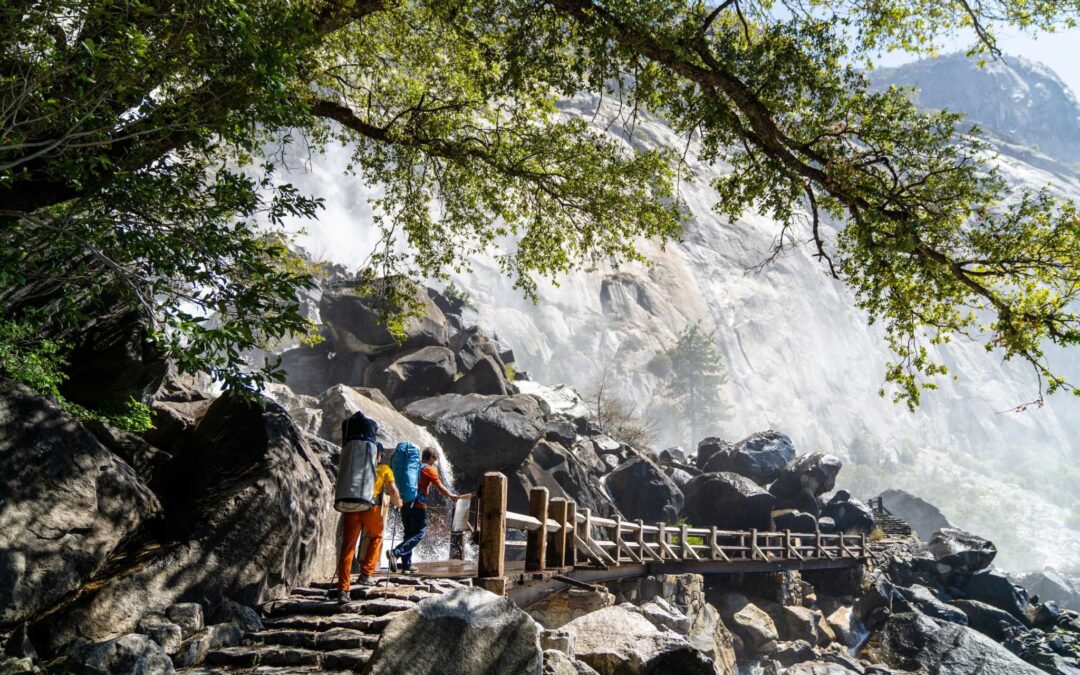
by Spreck | Feb 9, 2024 | Uncategorized
There’s progress at Hetch Hetchy! Hooray!
The optimist say the glass is half full, while the pessimist says it is half empty. Choose one or the other if you must, but the glass is filling up.
We’ve heard separately from the National Park Service and San Francisco that the City is funding several visitor improvements at Hetch Hetchy, including:
- Providing potable water and sanitation to the campground;
- Replacing a bridge at Wapama Falls; and
- Repairing the boat ramp.
Campground: The Raker Act, passed a little over 100 years ago, requires San Francisco to provide water to the campground at Hetch Hetchy. Water is available, but it is not potable. San Francisco has finally agreed to provide both water and sanitation to the location, and hopes to have the project completed in 18 months.
Restore Hetch Hetchy has asked the National Park Service to allow all visitors to stay at the campground, rather than limiting its use to people leaving for or returning from a backpacking trip – and we are cautiously optimistic the policy will be changed. Another challenge is to find funds for rudimentary improvements to and perhaps modest expansion of the campground.
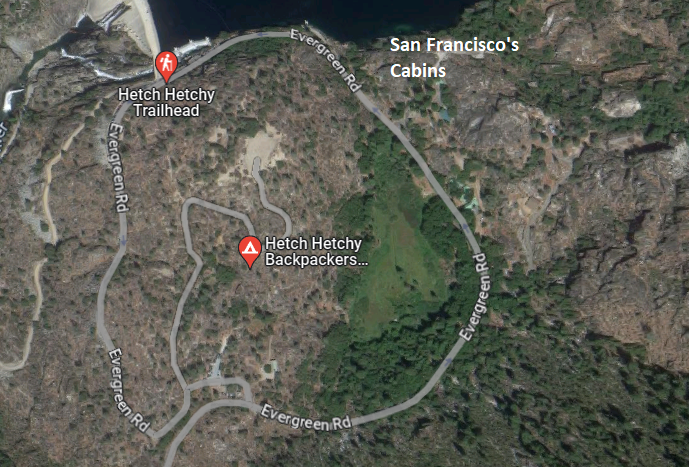
It’s a long walk from the campground to the nearest potable water – located adjacent to San Francisco’s exclusive cabins (more on those later!).
Wapama Bridge: As we have reported previously, the first of four bridges at Wapama Falls is unsafe to cross during periods of peak snowmelt – four hikers have been swept off the bridge to their deaths over the last two decades. And because that first bridge is just beyond a rock outcropping, it is not possible to see the falls up close when it is at its most spectacular.
Funding for the bridge has been available for a few years. The National Park Service hopes to complete in in summer of 2024.
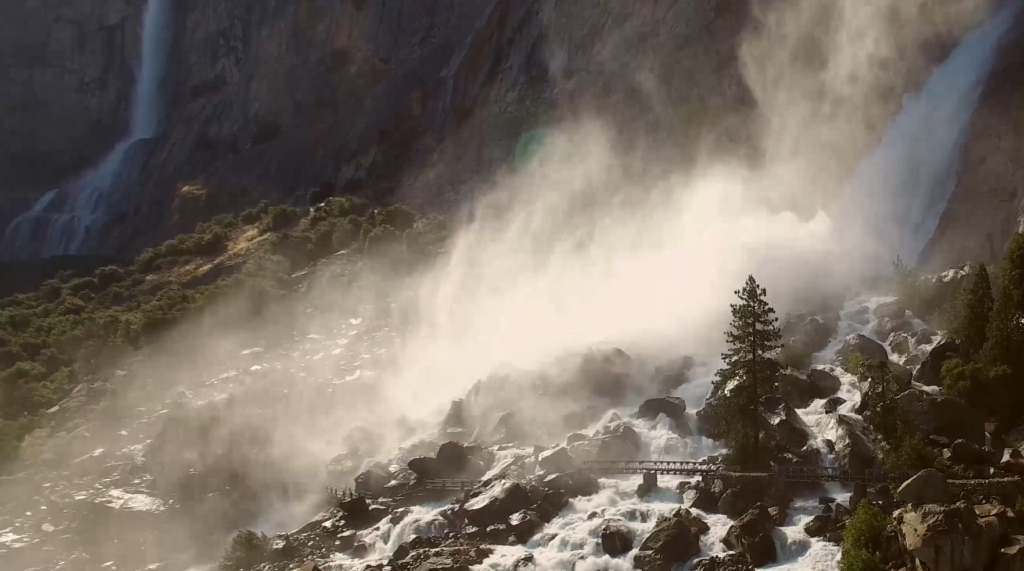
Crossing the bridges at Wapama can be a wet and exhilarating experience. But at some point it is simply unwise. (click for larger image).
Boat Ramp: The boat ramp has been out of commission for some time, and neither the San Francisco Public Utilities Commission nor the National Park Service has been able to use it for research or rescue. We are happy it will be fixed.
There are no plans at present to allow visitors to explore the canyon by boat as we have requested and as Congress expected when it passed the Raker Act. We are continuing to encourage the National Park Service to change their policy so visitors can get a better views of the entire canyon as well as day-trip access for hikers, fishermen and rock climbers to locations along the reservoir’s perimeter.
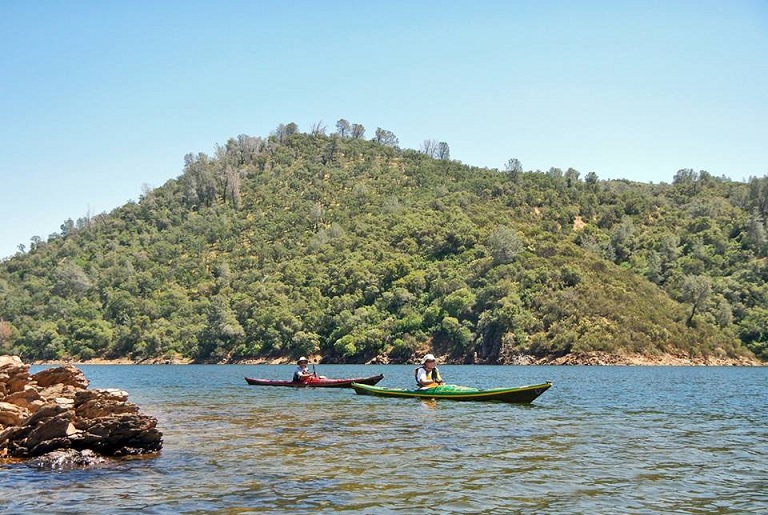
Boat rentals are available at East Bay MUD’s Pardee Reservoir, downslope and north of Hetch Hetchy. EBMUD is known for delivering high quality water to its customers.
We are happy that San Francisco has funded these improvements. Restore Hetch Hetchy continues to work with the City and National Park Service to improve the visitor experience, which we believe is a key element to building support for the valley’s restoration.
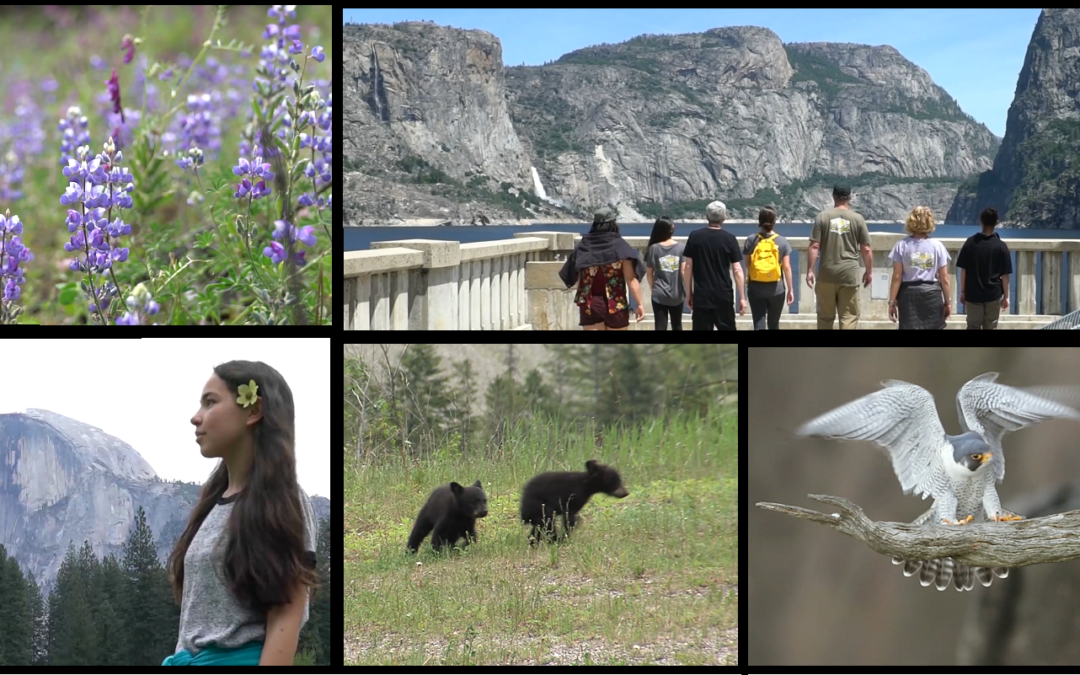
by Spreck | Dec 31, 2023 | Uncategorized

Restore Hetch Hetchy is grateful to all our supporters. We appreciate your contribution on this last day of 2023.
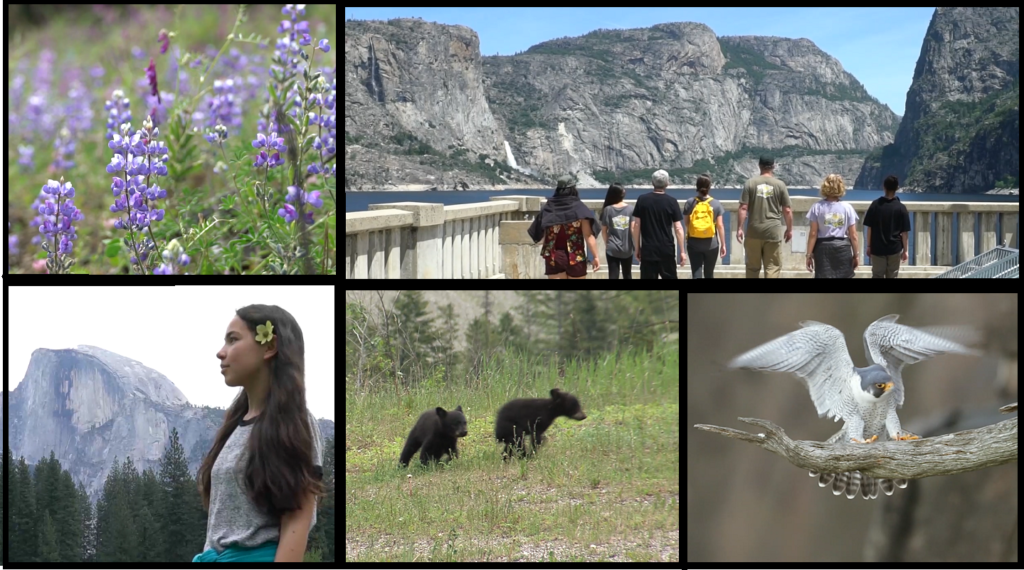
With your help, we can return Hetch Hetchy Valley to its natural splendor.
Happy New Year from the RHH team!

It’s with your support that we are able to create change. If you’d like to make a contribution to Restore Hetch Hetchy, you can do so online or by mail to the address below:
Restore Hetch Hetchy
3286 Adeline Street
Suite #8
Berkeley, CA 94703
Tax identification number: # 77-0551533

by Spreck | Dec 28, 2023 | Uncategorized

Thanks to all who support restoring Hetch Hetchy Valley in Yosemite National Park.
A few reminders about the our historic campaign:
- The damming of Yosemite’s Hetch Hetchy is the only time in our nation’s history that we allowed a city to develop a national park. Less than three years after Congress passed the Raker Act allowing Hetch Hetchy to be dammed, it passed the National Park Service Act, helping to ensure that such destruction would never again be allowed.
- Damming Hetch Hetchy turned the Sierra Club from an outing club into a political organization, and set the stage for the broader environmental movement in place today.
- Hetch Hetchy Reservoir is one of nine storage tanks operated by the San Francisco Public Utilities Commission. Studies by the U.S. Government, UC Davis, the Environmental Defense Fund, Restore Hetch Hetchy and others have all shown the water supply function of the reservoir can be replaced.
- Environmentally destructive dams are being removed across the country and in California on the Klamath, Eel and other rivers.
- Experts predict that one day a San Francisco politician will wake up and say “This is the right thing to do … this is going to will be one of the world’s most amazing restoration projects.”
- The National Park Service reports that the valley would come back rather quickly once the reservoir is emptied.
- Restoring Hetch Hetchy gives us the chance to get it right – to create a visitor friendly experience without the congestion and traffic that too often diminishes the visitor experience in Yosemite Valley. A restored Hetch Hetchy will be a majestic glacier-carved valley with towering cliffs and waterfalls, an untamed place where river and wildlife run free, a new kind of national park.
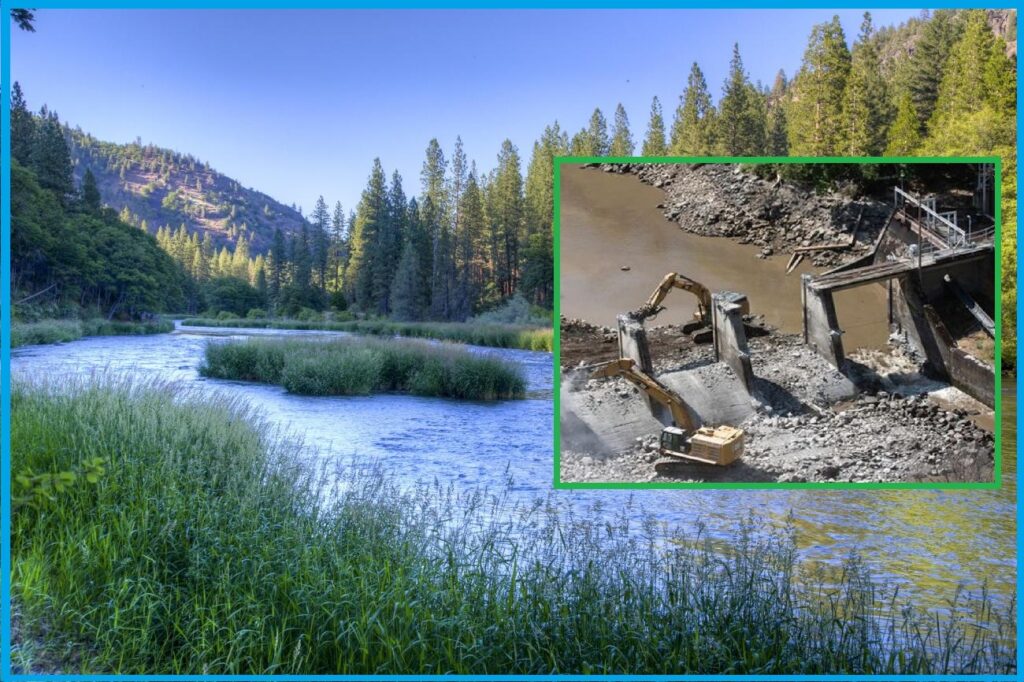
The removal of Copco 2 (inset) and other Klamath dams will help restore the river’s health and salmon populations.
It’s with your support that we are able to create change. If you’d like to make a contribution to Restore Hetch Hetchy, you can do so online or by mail to the address below:
Restore Hetch Hetchy
3286 Adeline Street
Suite #8
Berkeley, CA 94703
Tax identification number: # 77-0551533


by Spreck | Dec 26, 2023 | Uncategorized

Thanks to all our supporters, 2023 has been a productive year for our collective campaign to restore a long-lost public treasure.

Photo: Matt Ashby Wolfskill
2023 has indeed been a wonderfully wet year. The extended snowmelt fueled Yosemite’s famous waterfalls and brought huge crowds to Yosemite. Many visitors, wanting to avoid congestion, opted to wander through the Hetch Hetchy entrance for the first time. Many of these people will learn why there is a reservoir in a national park, that there is a campaign to relocate the reservoir outside of Yosemite and ultimately support that campaign.
We are pleased Restore Hetch Hetchy has been able to encourage the National Park Service to extend the hours that Hetch Hetchy has been open to the public. The NPS also is planning to improve the campground, repair the boat ramp and provide visitors better information about the area’s human and natural history.
We will soon meet with the National Park Service and will ask them to respond to the legal petition we submitted in September. If they agree with our assertions that camping, boating etc. must be allowed, what will they do to comply? If they do not agree, why not?
There was another positive outcome from this past extraordinarily wet year. Local and national media covered the need and opportunity to recharge groundwater basins as never before. Governor Newsom eased regulations and repeatedly asked the Department of Water Resources if “we” were doing all we could. In San Francisco’s case the answer is no. The City and irrigation districts in the Tuolumne watershed could do far more to capture flows in very wet years like 2023 (and 2019, 2017, 2011, 2006, 2005 etc.). We and others, however, have successfully encouraged the San Francisco Public Utilities Commission to pursue cost-effective recharge programs that would improve supply and help obviate the need for a reservoir in Yosemite National Park.
It’s with your support that we are able to create change. If you’d like to make a contribution to Restore Hetch Hetchy, you can do so online or by mail to the address below:
Restore Hetch Hetchy
3286 Adeline Street
Suite #8
Berkeley, CA 94703
Tax identification number: # 77-0551533

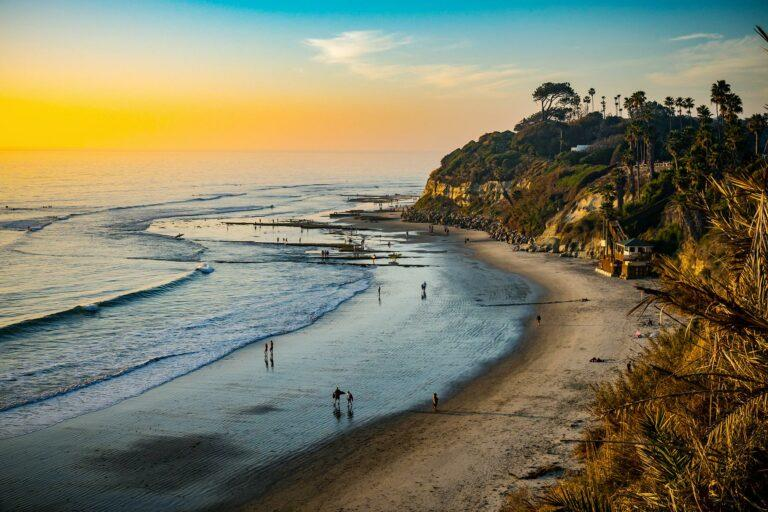
by Spreck | Dec 21, 2023 | Uncategorized
On Wednesday, California’s State Water Resources Control Board formally adopted criteria for recycling wastewater.
The Water Board’s rules are a big deal, a very big deal, and they provide California’s cities a clear and definite alternative for assuring a reliable water supply. But the action has been expected for some time – after all, communities in southern California have already committed billions of dollars and have begun constructing recycling projects.

San Diego’s “PureWater” recycling program will provide additional supplies AND help clean up its beloved beaches.
Recycling wastewater is not entirely new. Singapore has been recycling wastewater for more than 20 years, a technology its Prime Minister promoted by drinking “NEWater” on television. And Orange County has been recycling wastewater for decades as well, although those supplies have been injected in aquifers before being extracted and treated for use.
The Water Board’s new rules allow wastewater to be treated and stored in local surface reservoirs or delivered directly to customers. Any skeptics might want to visit a recycling plant to see the extensive process, which includes that same nanofilters used for desalination. (Pushing recycled water through the nanofilters requires a fraction of the energy that desalinating seawater requires.)
Recycling is expensive indeed. In some cases (e.g. San Diego), however, the cost of recycling is a large part of the cost of reducing pollution of its beaches from wastewater plants. Obviously recycling wastewater would reduce pollution in San Francisco Bay as well as enable restoration of Hetch Hetchy Valley in Yosemite National Park – something we argued in an editorial opinion in the San Francisco Chronicle last year after a toxic algae bloom killed tens of thousands of fish.
Restore Hetch Hetchy believes San Francisco needs to modernize its water system so that Yosemite National Park can again be made whole. We’ve emphasized groundwater banking as a lower cost alternative than recycling (or expanding Calaveras Reservoir) – but recycling wastewater would indeed provide a huge water quality benefit to the Bay.

Hetch Hetchy Valley – no place for a reservoir!
As we explain in Yosemite’s Opportunity: Options For Replacing Hetch Hetchy Reservoir (2022): “The recent investments that California’s cities have made in groundwater, recycling and local surface storage would replace Hetch Hetchy Reservoir more than 15 times over. The San Francisco Public Utilities Commission has the opportunity to pursue any or all of these technologies.” Not a drop of supply need be lost!

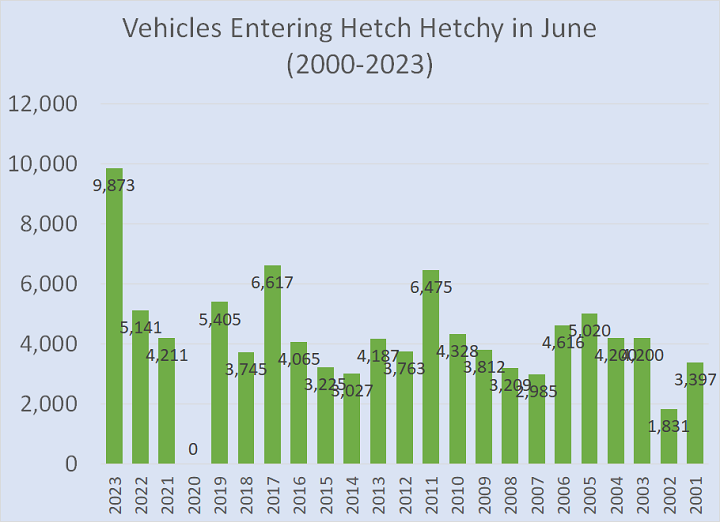
by Spreck | Dec 16, 2023 | Uncategorized
After record crowds and some very long lines in 2023, the National Park Service is implementing a reservations system again in 2024.

Visitation to Hetch Hetchy, like all of Yosemite, is increasing – especially in late spring when the waterfalls are booming.
These requirements, however, include some nuance – see summary below or the NPS website for more detail.
Many people will be able to plan their trips to Yosemite by making a reservation or by avoiding weekends and the peak summer season. Visitors with reservations to camp or stay in lodging will be permitted to enter the park as well.
It will not be possible, however, to wake up on a gorgeous Saturday and decide on the spur of the moment to go to Yosemite Valley.
The reservations system does not apply to the Hetch Hetchy entrance, where visitor use in 2023 reached the highest level in more than 30 years. Restore Hetch Hetchy welcomes visitors and is actively encouraging the National Park Service to improve the experience of those who come to Hetch Hetchy by allowing camping, creating additional trails and allowing nonpolluting boating. We are grateful that the NPS has extended the hours when the Hetch Hetchy area is open but still believe those hours should be extended further.
Since parking at Hetch Hetchy is limited, we believe public transportation should be available as it is for Yosemite’s other four entrances.
We don’t want Hetch Hetchy to be overrun, of course. But we do believe it is necessary for more people to experience Hetch Hetchy’s extraordinary landscape as we build support for relocating the reservoir and returning the valley to its natural splendor.















